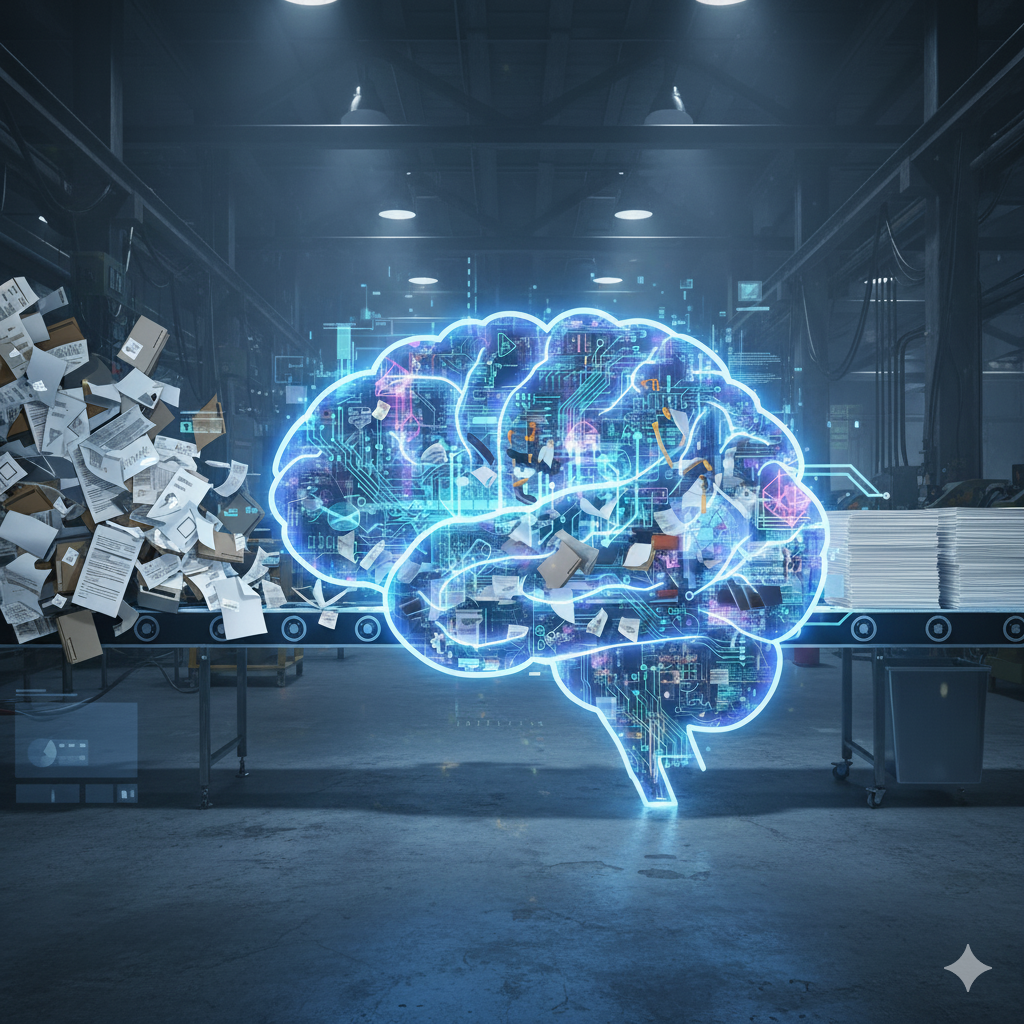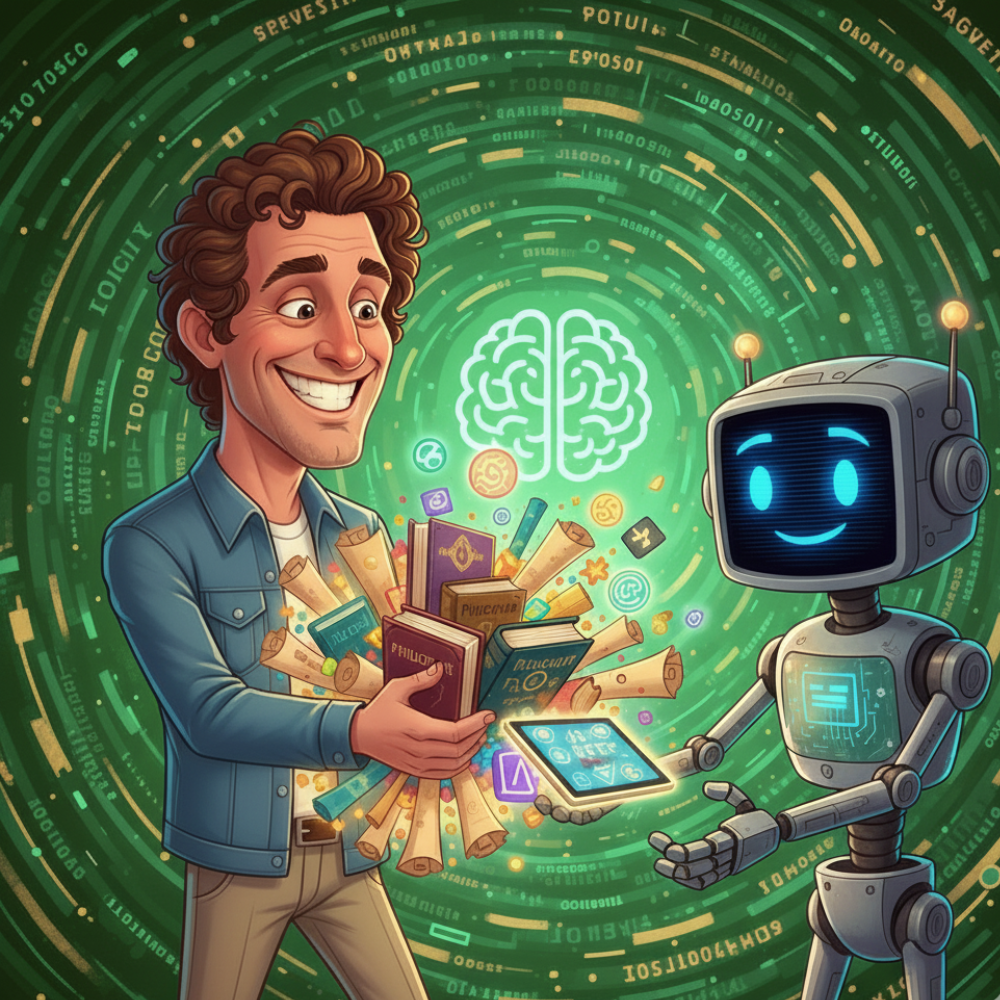AI in the Workplace: Why Leaders, Not Employees, Are the Bottleneck

Employees are ready for AI. Think bigger, train faster, govern smart, scale now.
Artificial intelligence is no longer just a headline. It’s a workplace reality. According to McKinsey’s report Superagency in the Workplace: Empowering People to Unlock AI’s Full Potential, nearly every company is now investing in AI. Yet only 1% of business leaders say their organizations are anywhere close to “AI maturity," meaning AI is fully integrated into workflows and generating measurable business outcomes.
Here’s the kicker: employees are actually ahead of their leaders. They’re using AI more than executives realize, they’re optimistic about its potential, and they’re hungry for training. The bottleneck isn’t the workforce. It’s leadership.
AI Is Today’s Steam Engine Moment
McKinsey frames this moment as comparable to the Industrial Revolution’s steam engine or the internet’s rise in the 1990s. The long-term economic impact of AI is pegged at $4.4 trillion in additional productivity. But the short-term gains remain fuzzy, and that uncertainty is freezing leadership ambition.
As the report notes, the real risk isn’t thinking too big with AI. It’s thinking too small.
Employees Are Ready. Leaders Aren’t.
The survey data is telling:
- Employees are 3x more likely than leaders think to already be using AI for a third of their daily work.
- Nearly half want formal training in AI skills — but most say they’re not getting it.
- Millennials (35–44), often in management roles, are emerging as natural AI champions inside organizations.
Meanwhile, C-suites consistently underestimate employee readiness. They assume hesitation where, in fact, there’s eagerness.
The gap between perception and reality is wide. Leaders risk falling behind by not leaning into the momentum their employees have already created.
The Speed vs. Safety Dilemma
AI is moving faster than any prior technology. ChatGPT went from launch to 300 million weekly users in just two years (that same level of adoption that took the internet nearly a decade).
But speed creates tension. Leaders say they want to accelerate AI deployment, yet 47% admit their organizations are moving too slowly. The reasons? Skill gaps, resourcing constraints, and risk concerns around accuracy, security, and ethics.
Employees share those worries (cybersecurity tops the list). But here’s the hopeful twist: 71% trust their own employers more than governments, tech giants, or startups to get AI right. That trust is a strategic advantage leaders can use...if they act boldly and responsibly.
From Pilots to Real ROI
Despite the hype, most companies are still stuck in pilot purgatory. Just 1% call themselves “mature” in AI adoption. McKinsey highlights three roadblocks:
- Lack of ambition: playing small with incremental use cases rather than transformative ones.
- Operational headwinds: alignment, cost uncertainty, skill shortages, supply chain fragility.
- Failure to rewire: treating AI as a bolt-on tool instead of a driver of new operating models.
The solution? Leaders need to think bigger and rewire how their companies operate. That means aligning leadership on bold goals, investing in workforce training, and embracing federated governance that balances speed with oversight.
Superagency: AI That Amplifies Human Potential
The report leans into Reid Hoffman’s idea of superagency: AI not as a replacement for humans, but as a force multiplier that expands human agency, creativity, and decision-making.
In practice, this means:
- Equipping employees with AI copilots that make them faster, smarter, and more capable.
- Building AI-native workflows where knowledge, reasoning, and automation converge.
- Designing with human-centric principles, so employees trust the systems they use.
The takeaway is clear: technology isn’t the barrier to scale. Leadership is.
The Leadership Imperative
History is unkind to leaders who hesitate during technology shifts. Some companies will use AI to reinvent industries. Others will lag behind and lose relevance.
McKinsey leaves us with a simple challenge: leaders must replace fear with imagination. Employees are ready. The tools are powerful. The window for bold action is now.
Bottom line
If you’re a business leader, the AI revolution won’t wait for you to get comfortable. Your employees are already in motion. The only question is whether you’ll keep pace.

.svg)


.svg)






